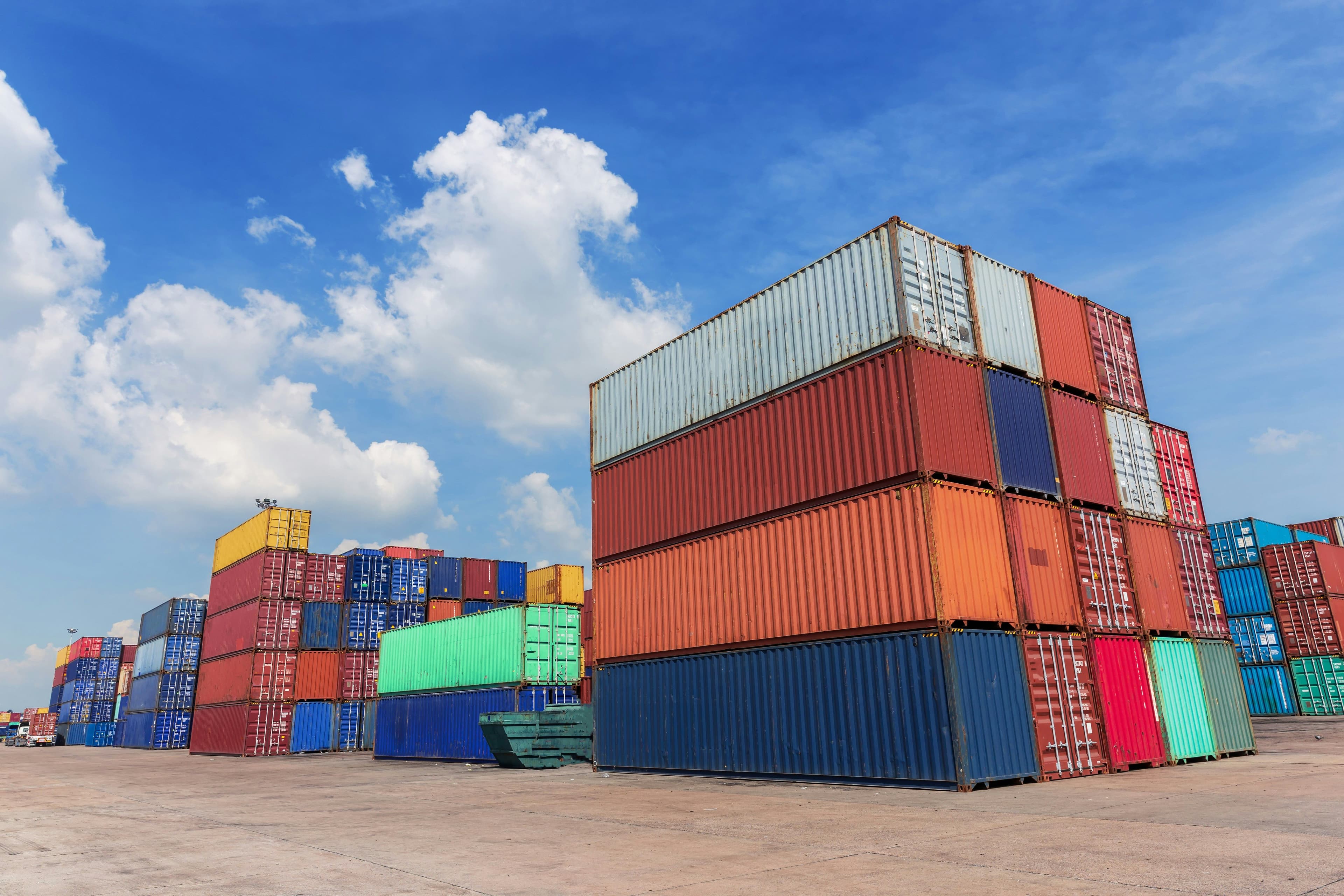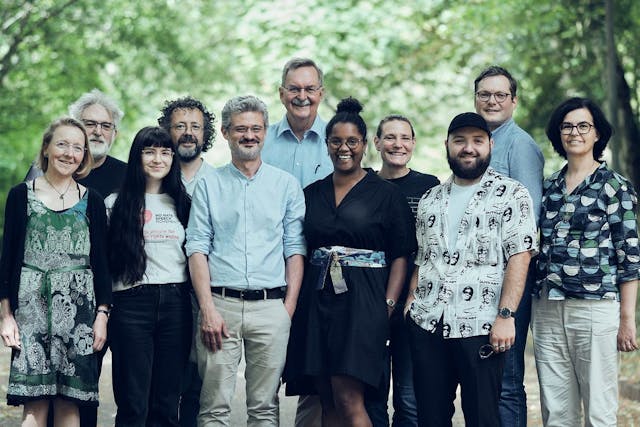EU prepares to sign free trade agreement

Getty Images
Luxembourg's Minister for Foreign Affairs, Xavier Bettel, provided a detailed explanation of the stages of the conclusion of the new European Union free trade agreement. He answered questions about the legal drafting process, the status of ratification and the key provisions of the agreement.
The current phase of negotiations includes the legal clearance of the text and its translation into all official EU languages, which will take about six months. The text, together with the signature proposal, will then be submitted to the EU Council for approval. Once approved, the agreement must be ratified in the European Parliament and, in the case of a "mixed" type of agreement, in the national parliaments of the member states.
The type of agreement - "EU only" or "mixed" - is determined depending on whether the instrument affects exclusively EU competences or also the national competences of the Member States.
A key feature of the document is the chapter on Trade and Sustainable Development, which emphasises the EU's right to legislate changes on social and environmental issues. The agreement calls on both sides to raise standards of environmental protection and labour rights.
An interesting element was the introduction of a "rebalancing mechanism" that regulates disputes between the parties. In the event that one of the parties takes actions that adversely affect the benefits of the other party, the matter may be referred to arbitration. However, even if the arbitration recognises the actions as unreasonable, the party that took the measures is not obliged to cancel them - the parties can only seek compromises for settlement.
The Free Trade Agreement does not change product standards in the EU market and preserves EU legislative rights. However, it promises to strengthen legal protection for both sides, while maintaining a balance between commercial interests and sustainable development policies. Analogies with the World Trade Organisation (WTO) mechanisms underline the strictness of the rules, but at the same time open the door to flexible negotiations.
The EU agreement is an attempt to strike a balance between trade liberalisation and the protection of key social and environmental standards. It underlines the EU's desire not just to increase economic co-operation, but also to promote the values of sustainable development.





